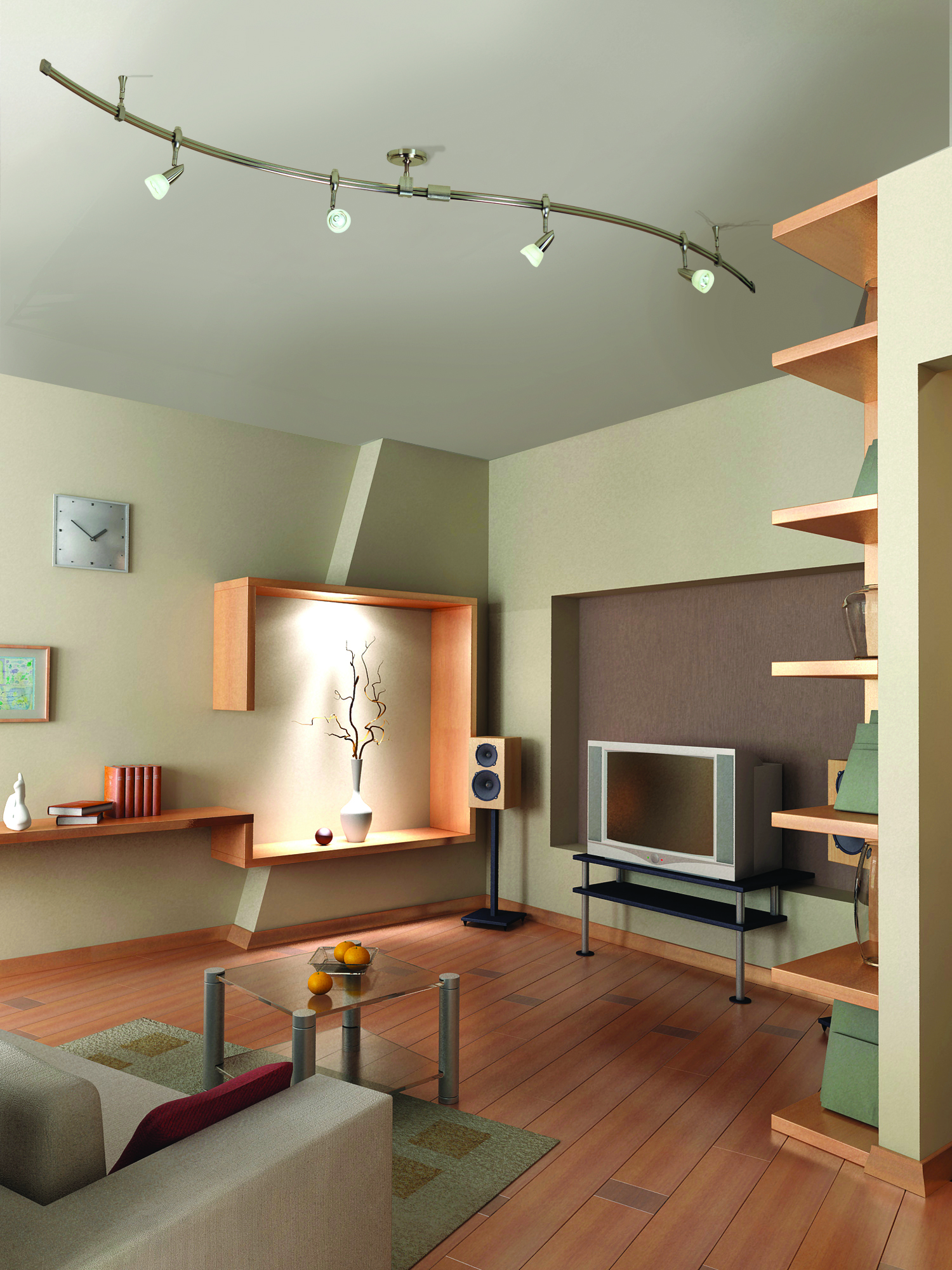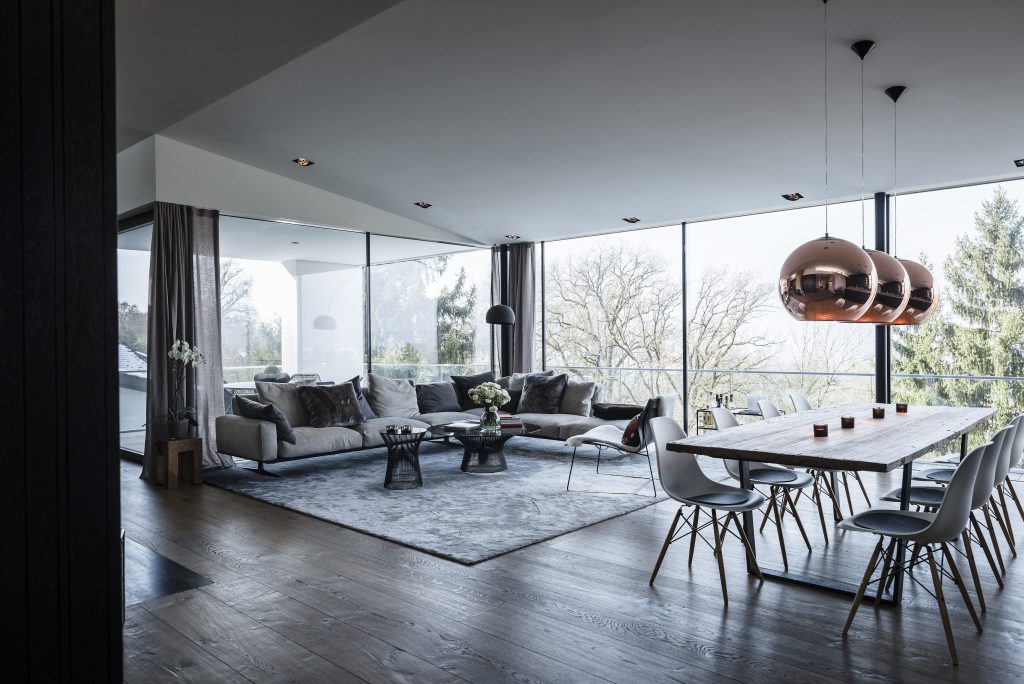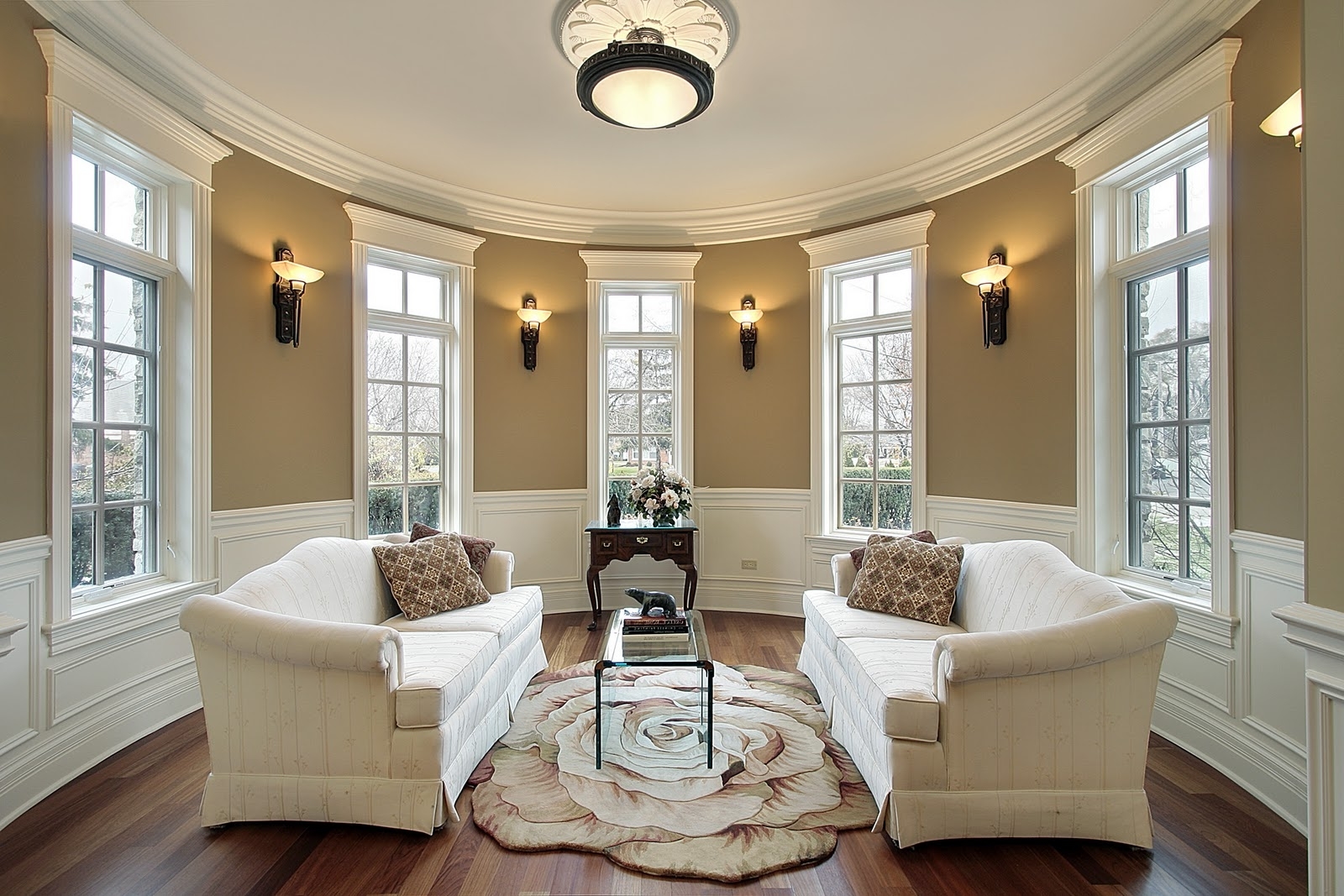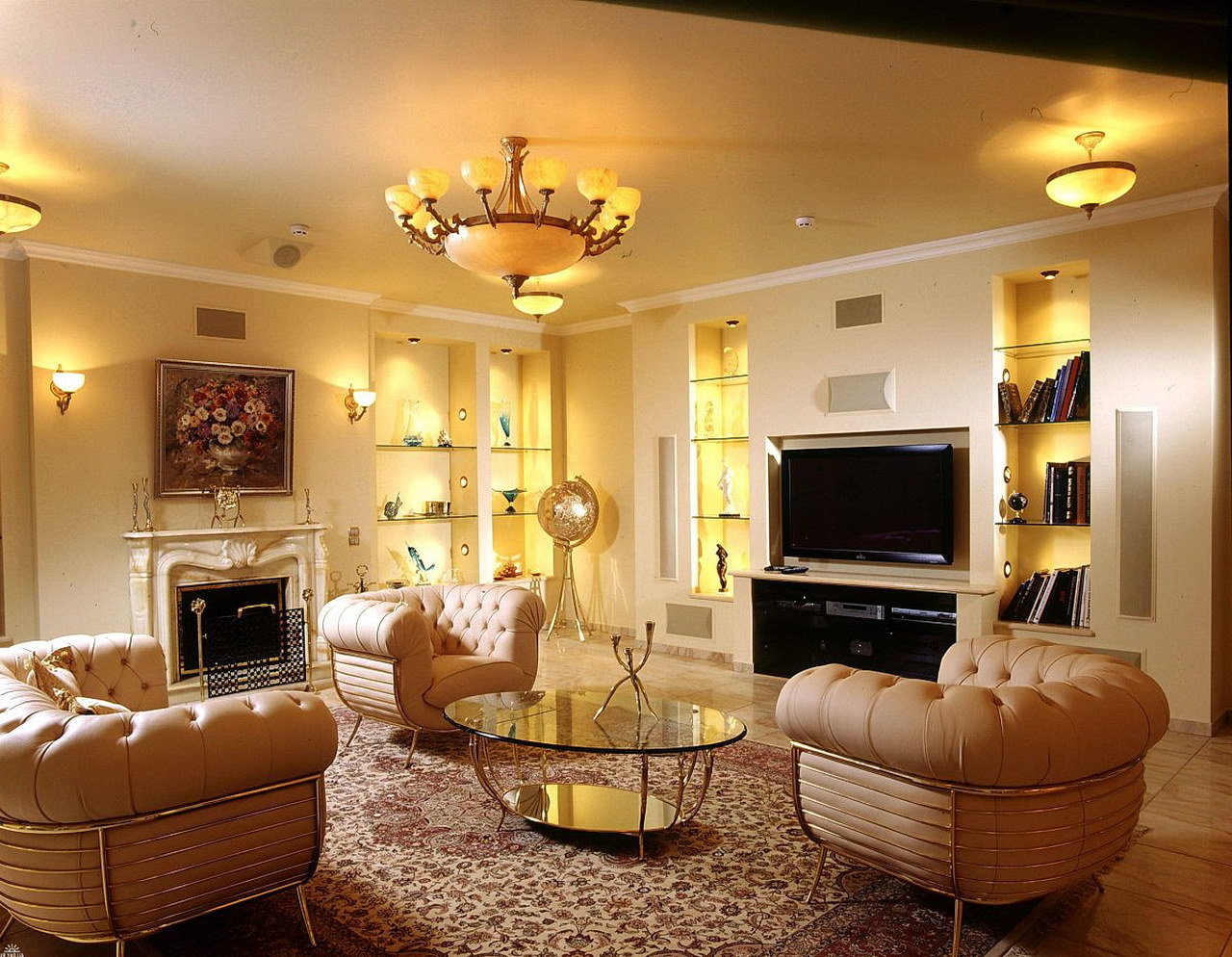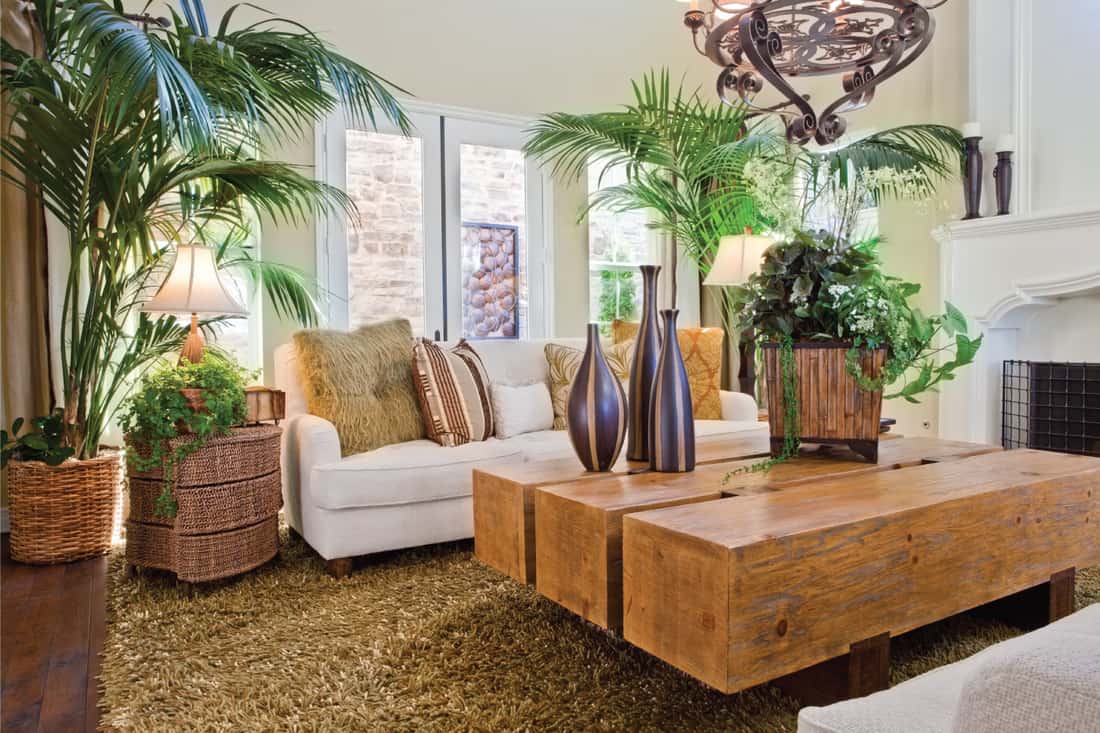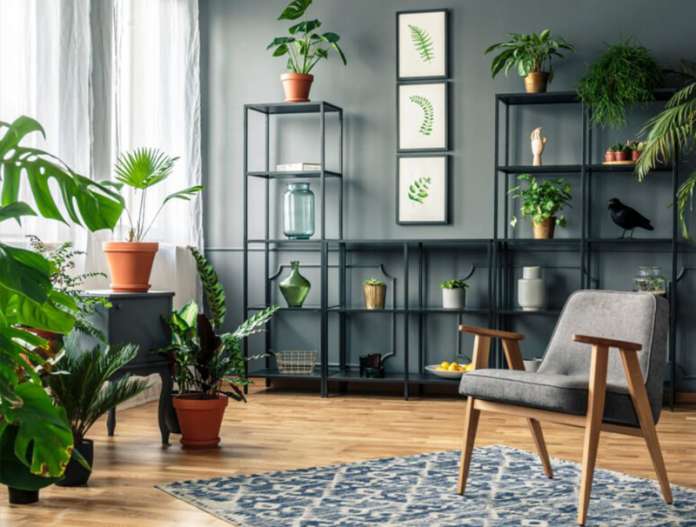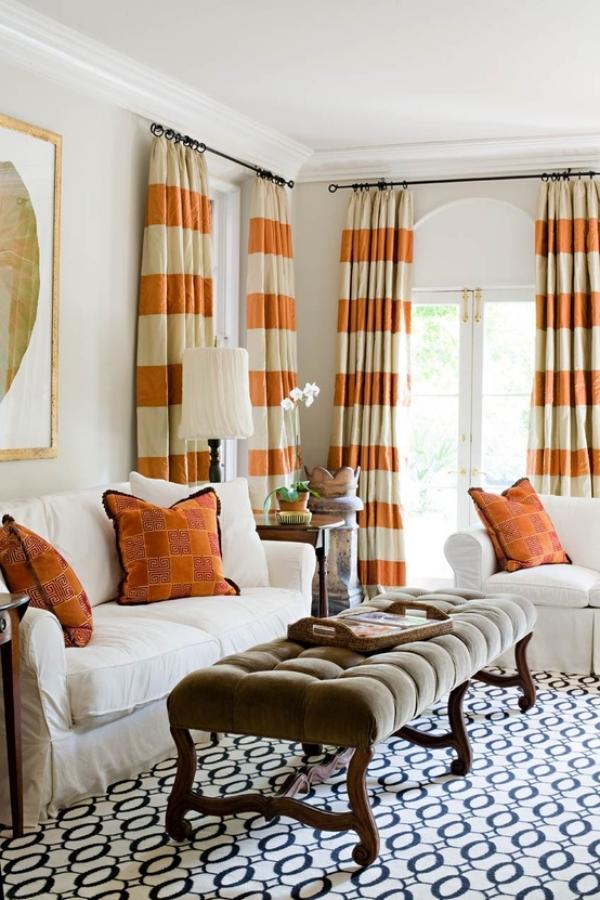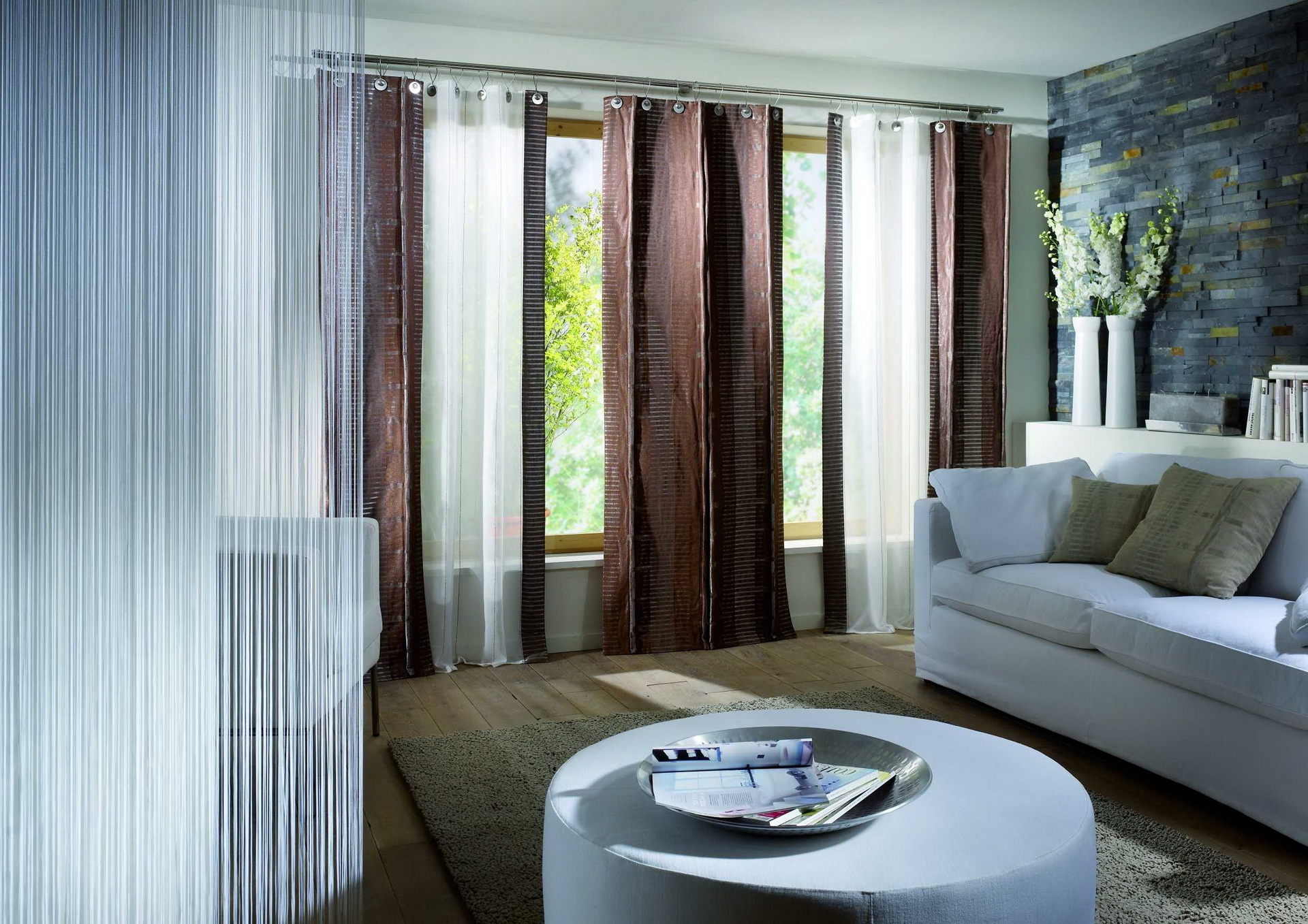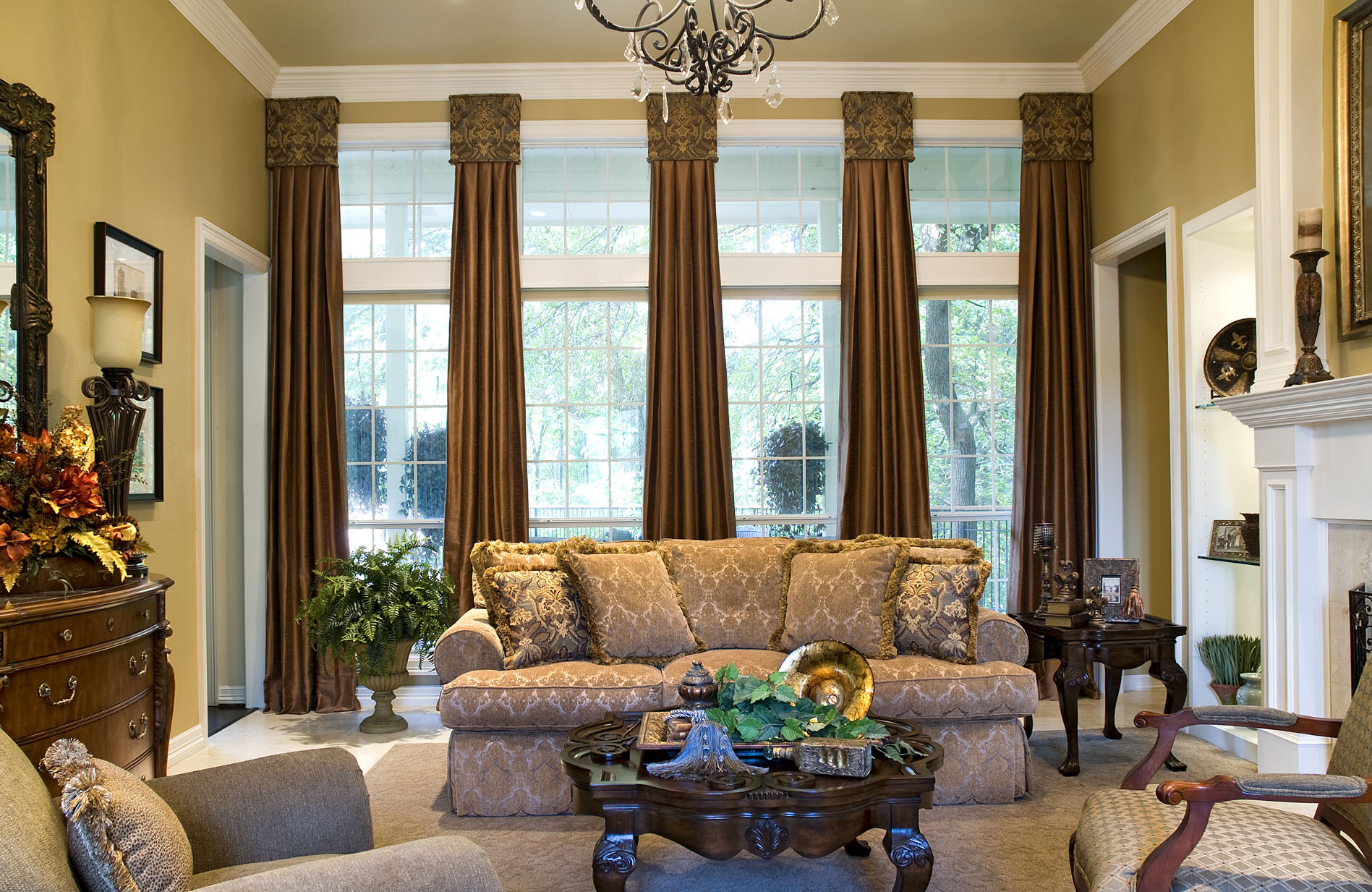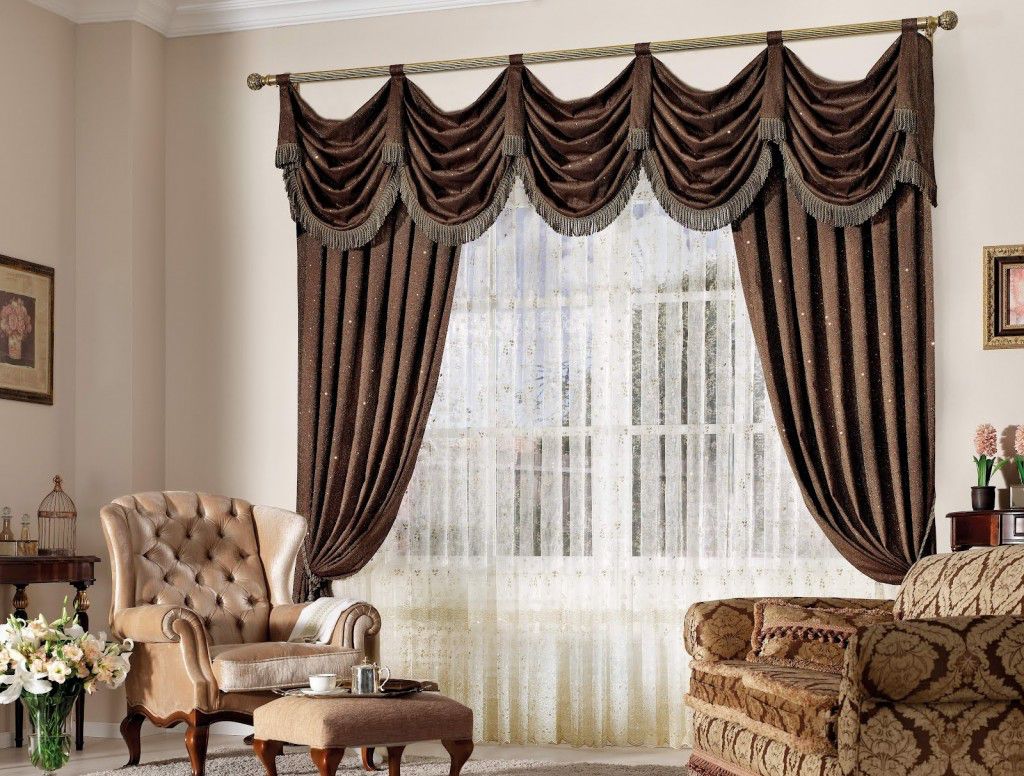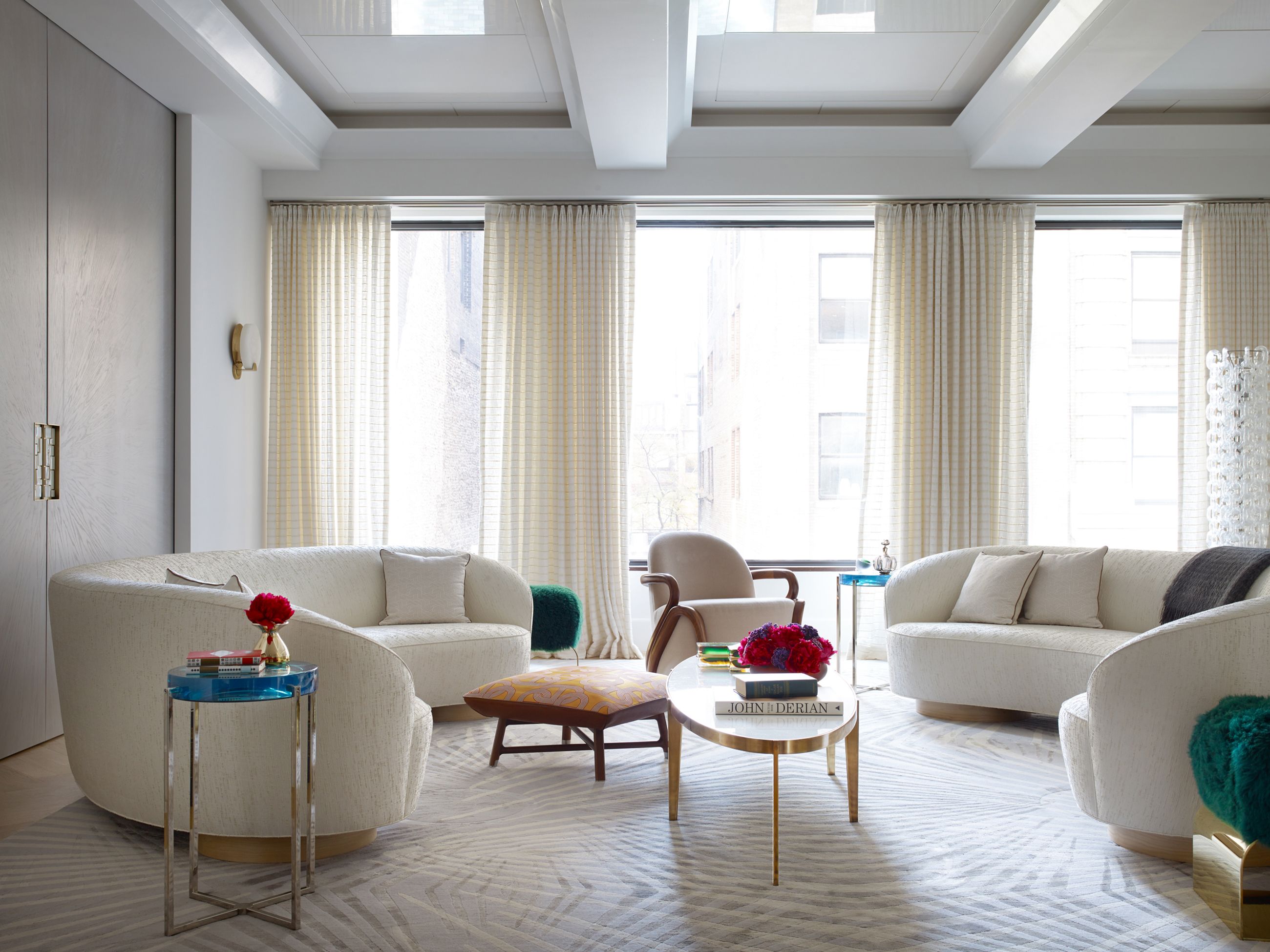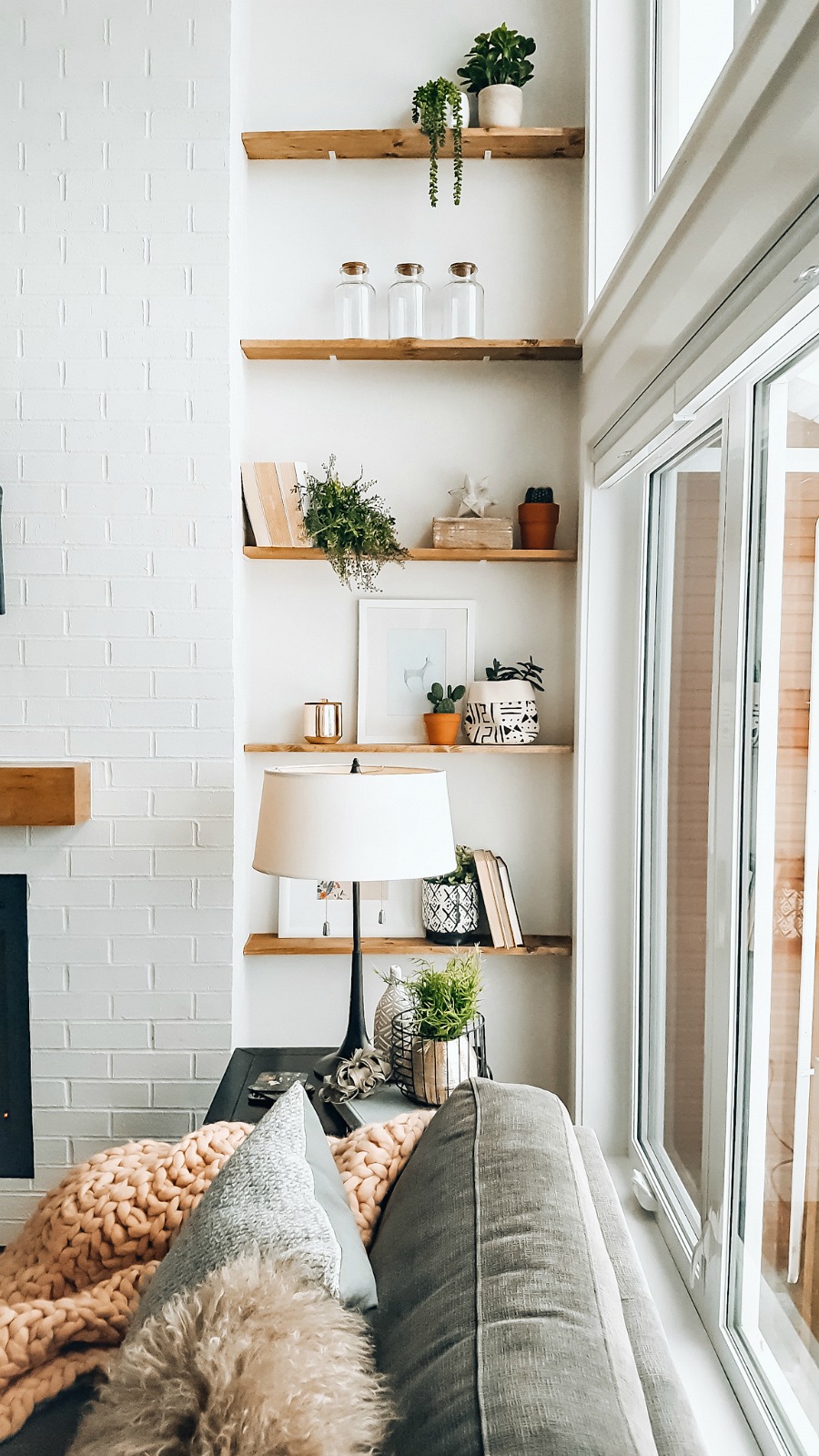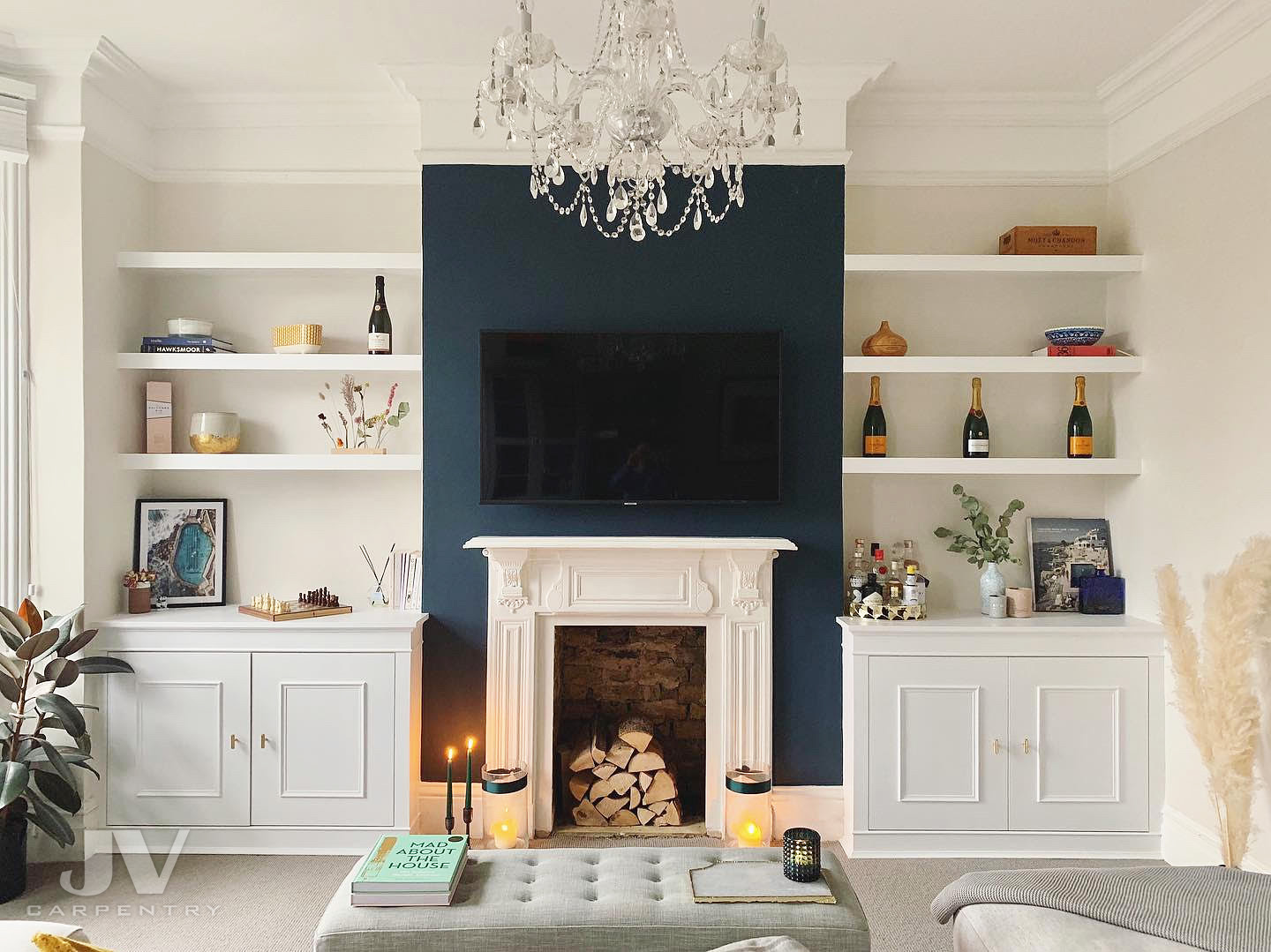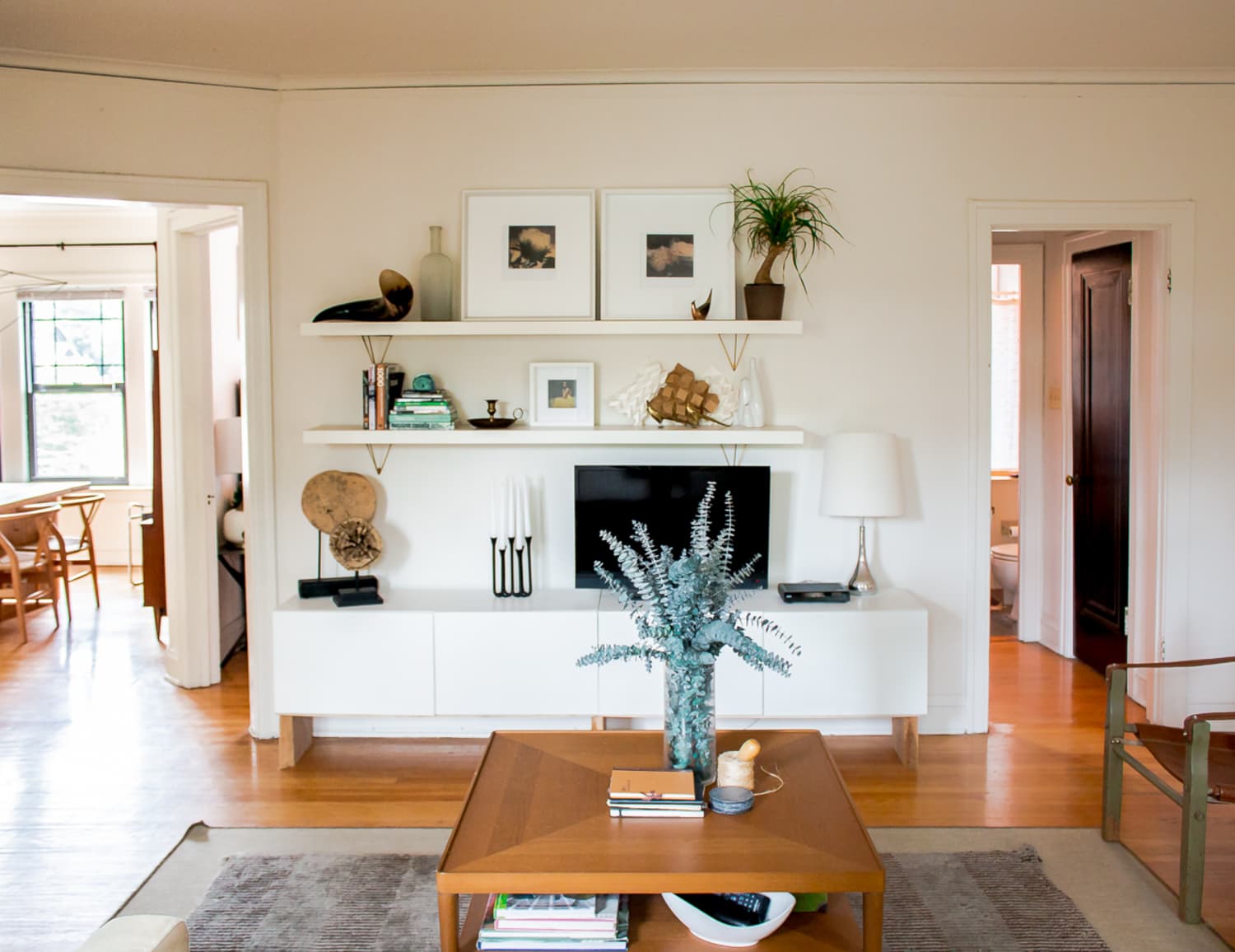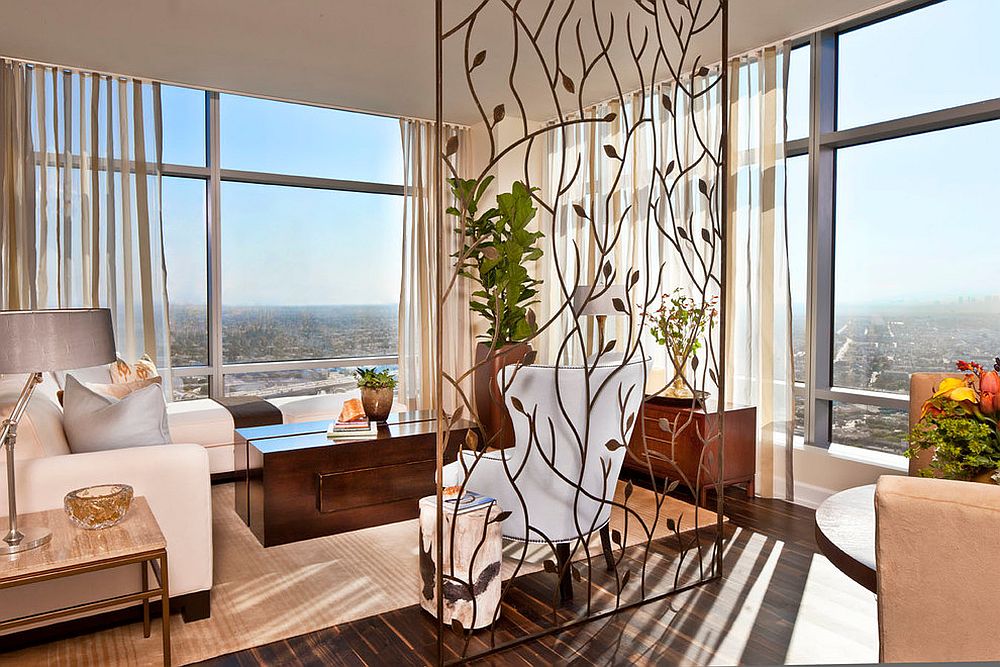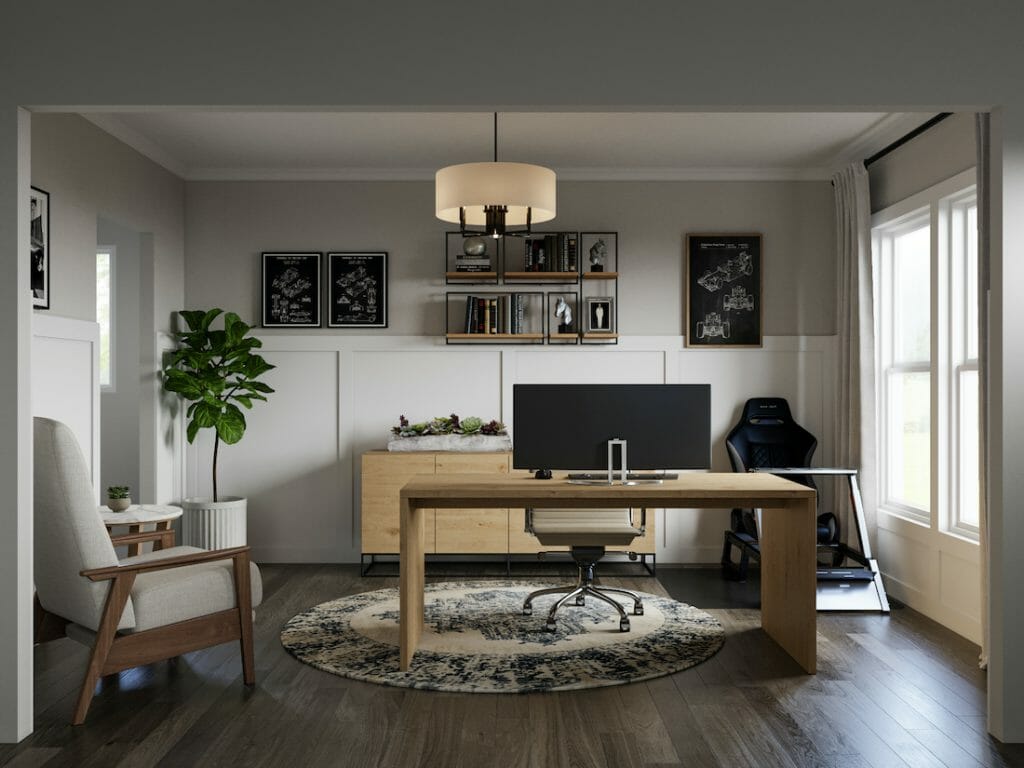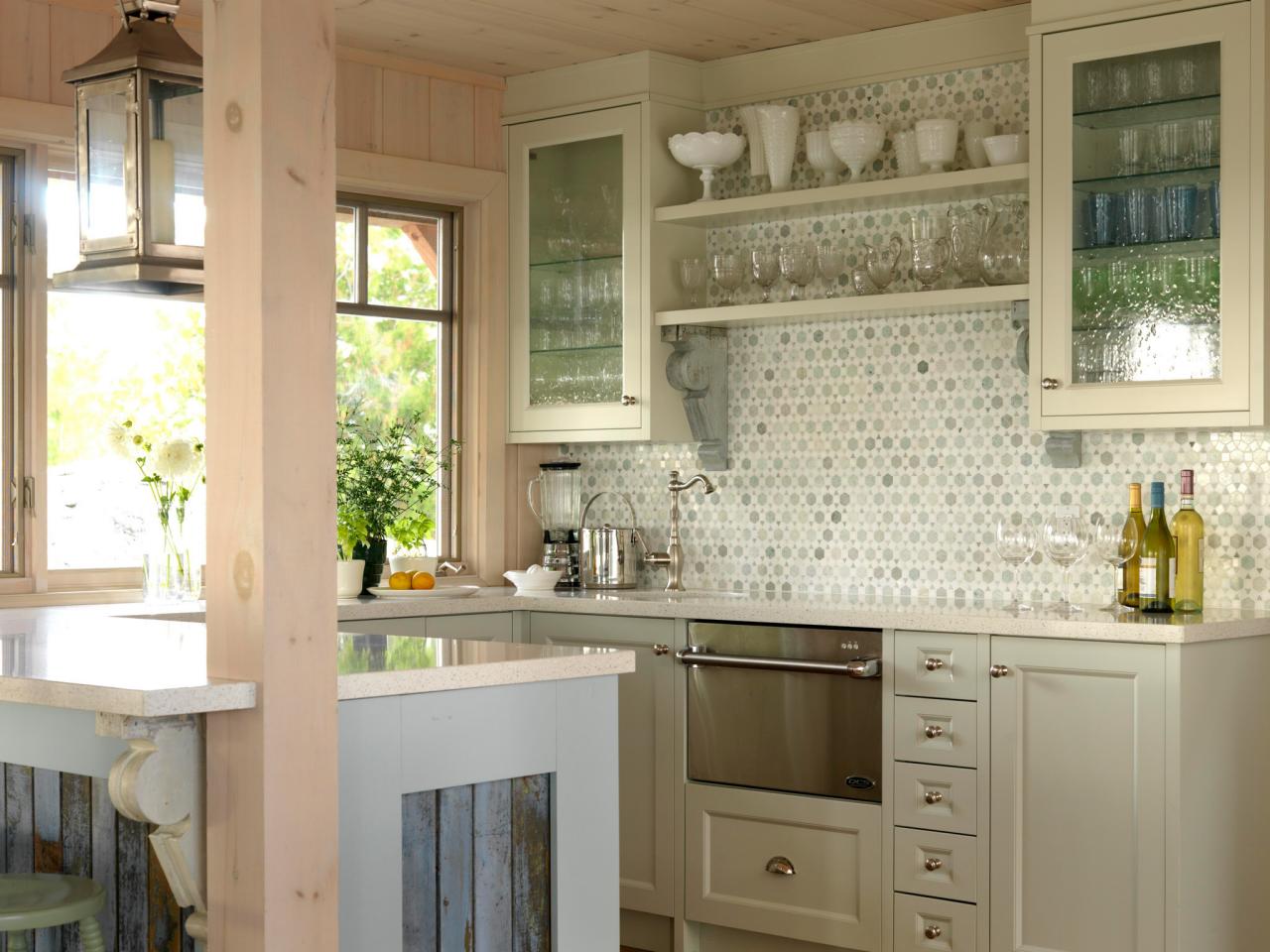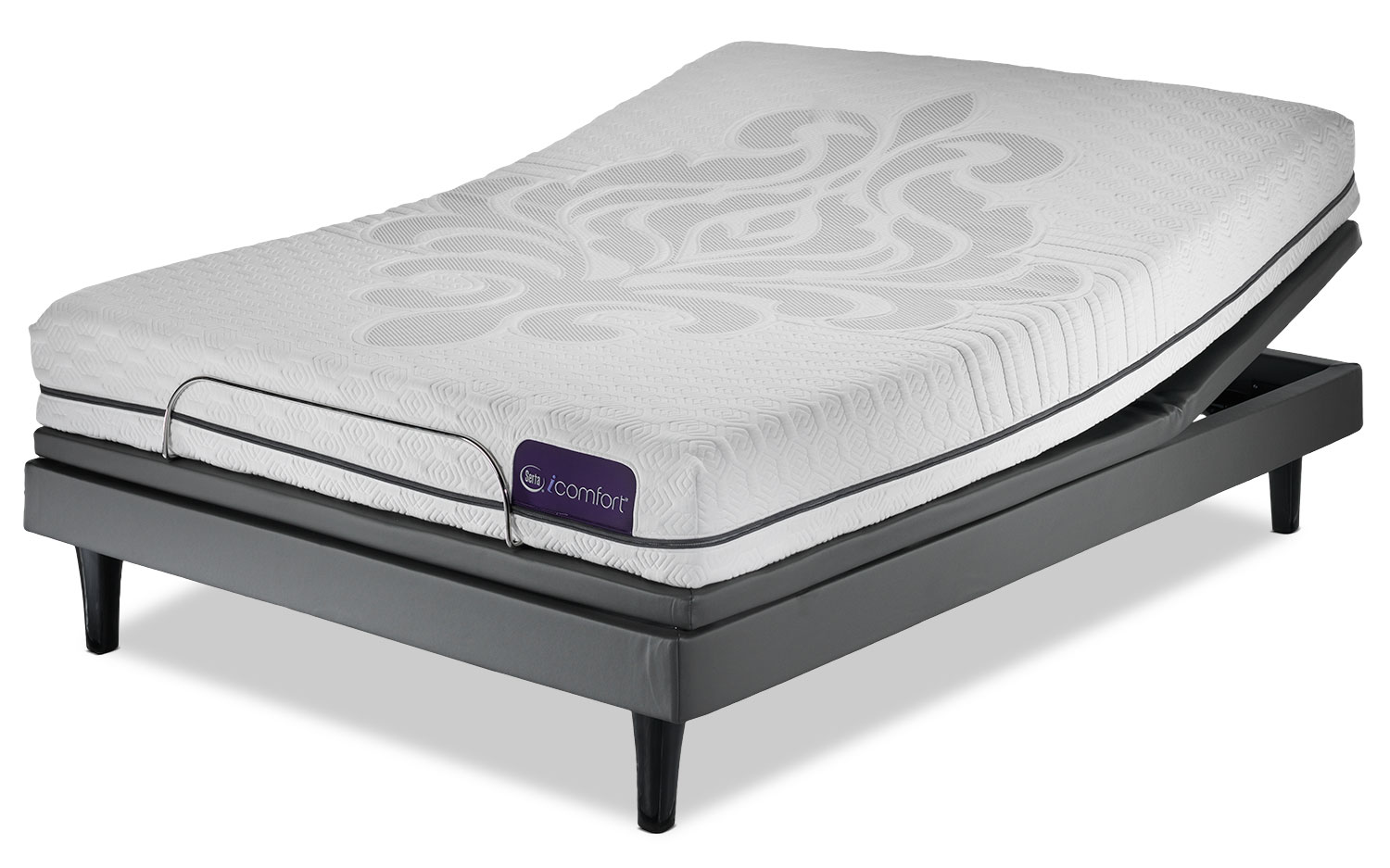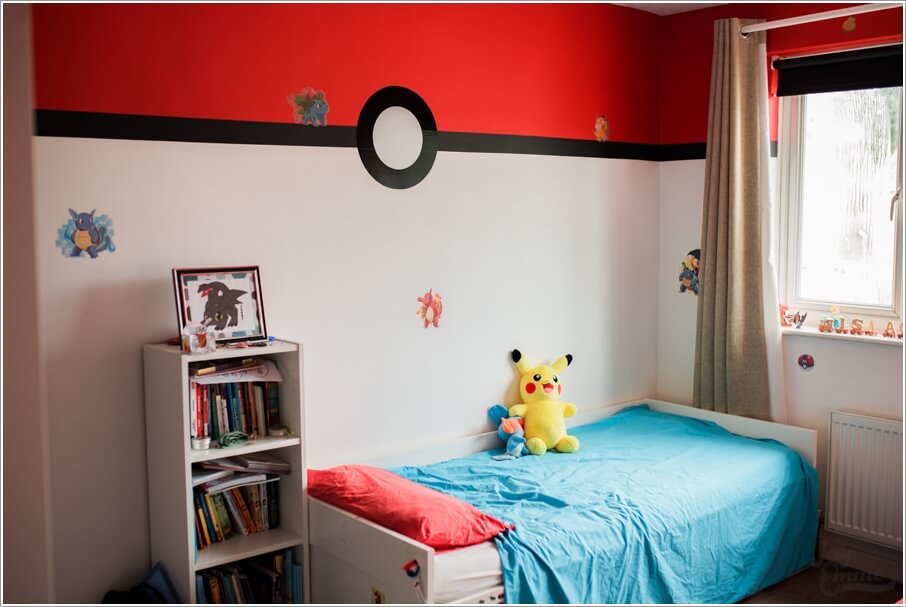Open Concept Living Room Zoning Ideas
Open concept living rooms have become increasingly popular in modern homes. By knocking down walls and creating a more open space, the living room can flow seamlessly into other areas of the home. However, with this open concept design, it can be challenging to define different zones within the living room. Here are some ideas for creating zones in an open concept living room that are both functional and stylish.
Small Living Room Zoning Ideas
Small living rooms often require more creative zoning solutions. With limited space, it's essential to maximize every inch and make the most of the room. One idea is to use furniture to create distinct zones. Place a couch or bookshelf as a divider between the living room and dining area. Another option is to use rugs to define different areas within a small living room. Use a larger rug to anchor the seating area, and a smaller rug to define a reading nook or workspace.
Living Room Zoning with Furniture
Furniture is one of the most effective ways to create zones in a living room. By strategically placing furniture, you can define different areas for different purposes. For example, a comfortable couch and coffee table can create a cozy seating area, while a desk and chair can serve as a workspace. Use furniture pieces like bookshelves or screens to divide the space and create distinct zones.
Living Room Zoning with Rugs
Rugs are another excellent option for dividing a living room into zones. A rug can anchor and define a seating area, making it feel separate from the rest of the room. You can also use rugs to create a visual separation between the living room and other areas, such as a dining room or home office. Choose rugs that complement each other in size, color, or pattern to create a cohesive look.
Living Room Zoning with Color
Color is a powerful tool for creating zones in a living room. By using different colors, you can visually separate one area from another. For example, painting an accent wall behind the couch can define the seating area, while a different color on the walls or ceiling can designate a dining or workspace. You can also use color to create a focal point in each zone, such as a bold painting or statement piece of furniture.
Living Room Zoning with Lighting
Lighting can also play a significant role in creating zones in a living room. By using different types of lighting, you can highlight specific areas and create a sense of separation. For example, a pendant light above the dining table can define that area, while a floor lamp next to a reading chair can designate a cozy reading nook. Use a mix of overhead, task, and ambient lighting to create a well-lit and well-defined living room.
Living Room Zoning with Plants
Plants are a natural and beautiful way to create zones in a living room. They can add a touch of greenery and life to each area while also visually separating them. Use tall plants to create a division between the living and dining areas, or cluster smaller plants on a shelf to designate a workspace. Plants can also help soften any hard lines or edges in the room, creating a more inviting and organic feel.
Living Room Zoning with Curtains
Curtains are a versatile and practical option for dividing a living room into zones. By hanging curtains from the ceiling, you can create a temporary or permanent partition between different areas. You can also use curtains to add texture or color to each zone, making them feel more distinct and intentional. Curtains are also an excellent option for creating privacy in a shared living space, such as a studio apartment.
Living Room Zoning with Built-in Shelves
Built-in shelves are a fantastic way to create zones in a living room while also providing storage and display space. You can use shelves to divide the room and create a designated seating area, or to showcase a collection of books or decorative items. Built-in shelves can also serve as a room divider, separating the living room from other areas of the home, while still allowing light and visibility to flow through.
Living Room Zoning with Room Dividers
Room dividers are a classic and effective way to create zones in a living room. They come in a variety of styles, from folding screens to sliding panels, and can add a decorative element to the room. Use a room divider to create a cozy reading nook, or to separate the living room from a home office or dining area. For a more budget-friendly option, you can also create your own room divider using curtains, shelves, or even a bookcase.
The Benefits of Living Room Zoning

Creating a Functional and Inviting Space
 When it comes to designing a living room, many people focus solely on aesthetics. However, a well-designed living room should not only be visually appealing, but also functional and inviting. This is where
living room zoning
comes into play.
Zoning
refers to the process of dividing a room into different areas or zones to serve different purposes. By implementing
zoning
in your living room, you can create a space that is not only stylish, but also practical and comfortable. Here are some of the benefits of
living room zoning
that will make you want to incorporate it into your home design.
When it comes to designing a living room, many people focus solely on aesthetics. However, a well-designed living room should not only be visually appealing, but also functional and inviting. This is where
living room zoning
comes into play.
Zoning
refers to the process of dividing a room into different areas or zones to serve different purposes. By implementing
zoning
in your living room, you can create a space that is not only stylish, but also practical and comfortable. Here are some of the benefits of
living room zoning
that will make you want to incorporate it into your home design.
Maximizing Space
 One of the main advantages of
living room zoning
is that it allows you to make the most out of your space. Instead of having one large, open room,
zoning
allows you to divide the space into smaller, designated areas for different activities. For example, you can have a designated area for watching TV, a cozy reading nook, and a space for socializing with guests. This not only makes the room more functional, but also creates a sense of organization and purpose.
One of the main advantages of
living room zoning
is that it allows you to make the most out of your space. Instead of having one large, open room,
zoning
allows you to divide the space into smaller, designated areas for different activities. For example, you can have a designated area for watching TV, a cozy reading nook, and a space for socializing with guests. This not only makes the room more functional, but also creates a sense of organization and purpose.
Enhancing Privacy
 Another benefit of
living room zoning
is that it can provide a sense of privacy within a shared space. If you live in a small home or have an open floor plan,
zoning
can help create separate areas for different activities. This can be especially useful when you have guests over and want to have a private conversation or need some quiet time to yourself. You can easily achieve this by using furniture, rugs, or even curtains to create physical barriers between zones.
Another benefit of
living room zoning
is that it can provide a sense of privacy within a shared space. If you live in a small home or have an open floor plan,
zoning
can help create separate areas for different activities. This can be especially useful when you have guests over and want to have a private conversation or need some quiet time to yourself. You can easily achieve this by using furniture, rugs, or even curtains to create physical barriers between zones.
Adding Character and Style
 In addition to functionality,
living room zoning
can also add character and style to your space. By using different colors, textures, and furniture in each zone, you can create a visually interesting and cohesive design. This can also help in defining the purpose of each zone and making it feel like a separate, distinct area. For example, a rug and comfortable chairs in one zone can create a cozy reading corner, while a large sectional and coffee table in another zone can be the perfect spot for entertaining guests.
In addition to functionality,
living room zoning
can also add character and style to your space. By using different colors, textures, and furniture in each zone, you can create a visually interesting and cohesive design. This can also help in defining the purpose of each zone and making it feel like a separate, distinct area. For example, a rug and comfortable chairs in one zone can create a cozy reading corner, while a large sectional and coffee table in another zone can be the perfect spot for entertaining guests.
Incorporating Personalization
 Lastly,
living room zoning
allows you to incorporate your personal style and preferences into the design. Each zone can be tailored to your specific needs and interests, making the space truly unique and reflective of your personality. You can use different
zoning
techniques, such as lighting, color, and decor, to create a space that is not only functional, but also showcases your individuality.
In conclusion,
living room zoning
offers numerous benefits that can greatly improve your living space. From maximizing space and enhancing privacy, to adding character and personalization,
zoning
can transform your living room into a functional and inviting space that meets all your needs. So, why not give
living room zoning
a try and see the difference it can make in your home design?
Lastly,
living room zoning
allows you to incorporate your personal style and preferences into the design. Each zone can be tailored to your specific needs and interests, making the space truly unique and reflective of your personality. You can use different
zoning
techniques, such as lighting, color, and decor, to create a space that is not only functional, but also showcases your individuality.
In conclusion,
living room zoning
offers numerous benefits that can greatly improve your living space. From maximizing space and enhancing privacy, to adding character and personalization,
zoning
can transform your living room into a functional and inviting space that meets all your needs. So, why not give
living room zoning
a try and see the difference it can make in your home design?




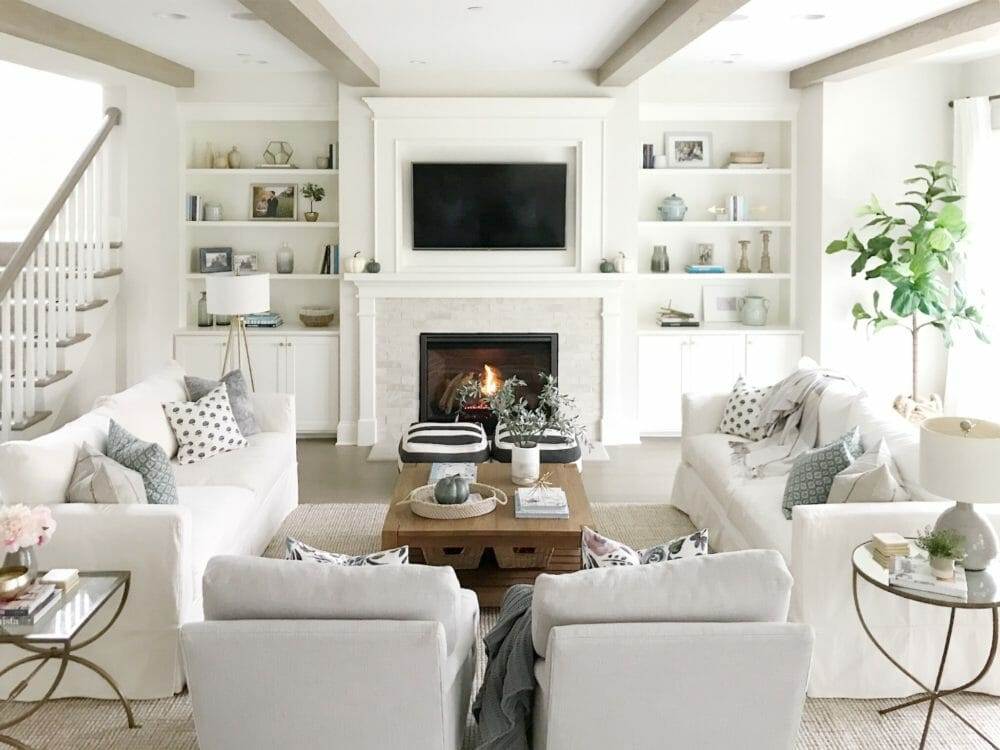

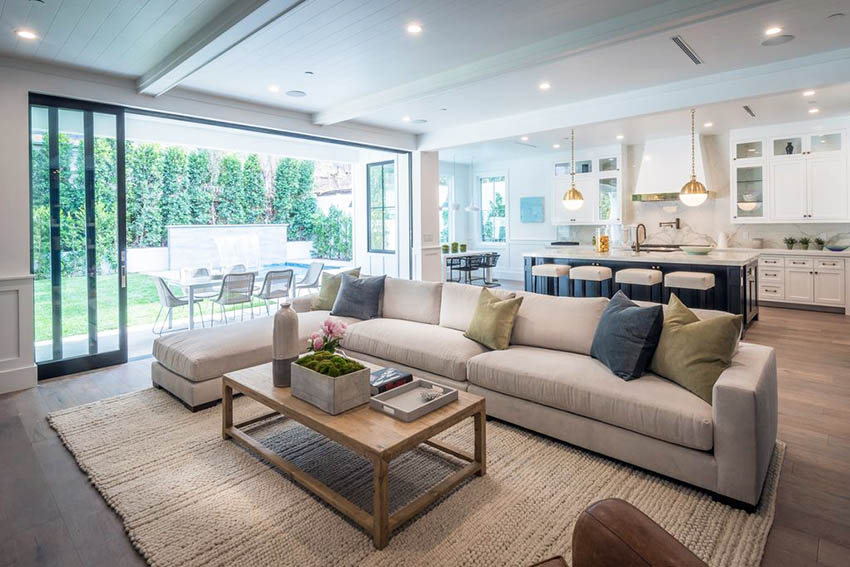

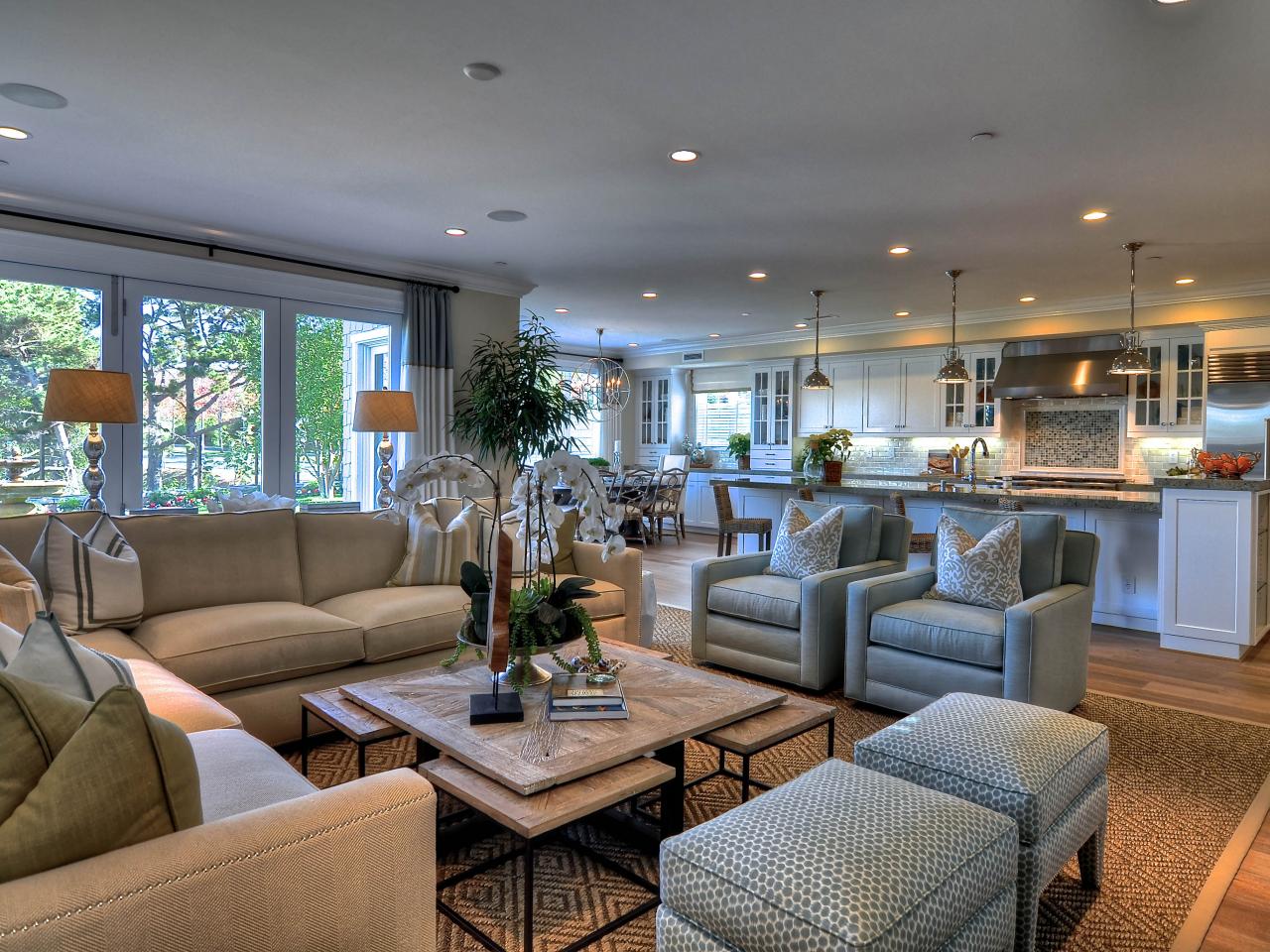


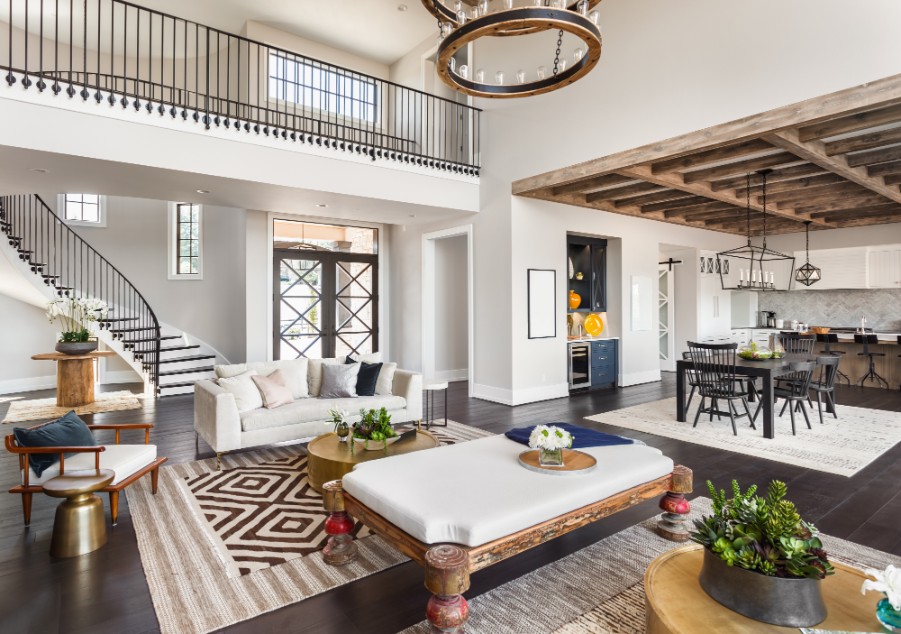
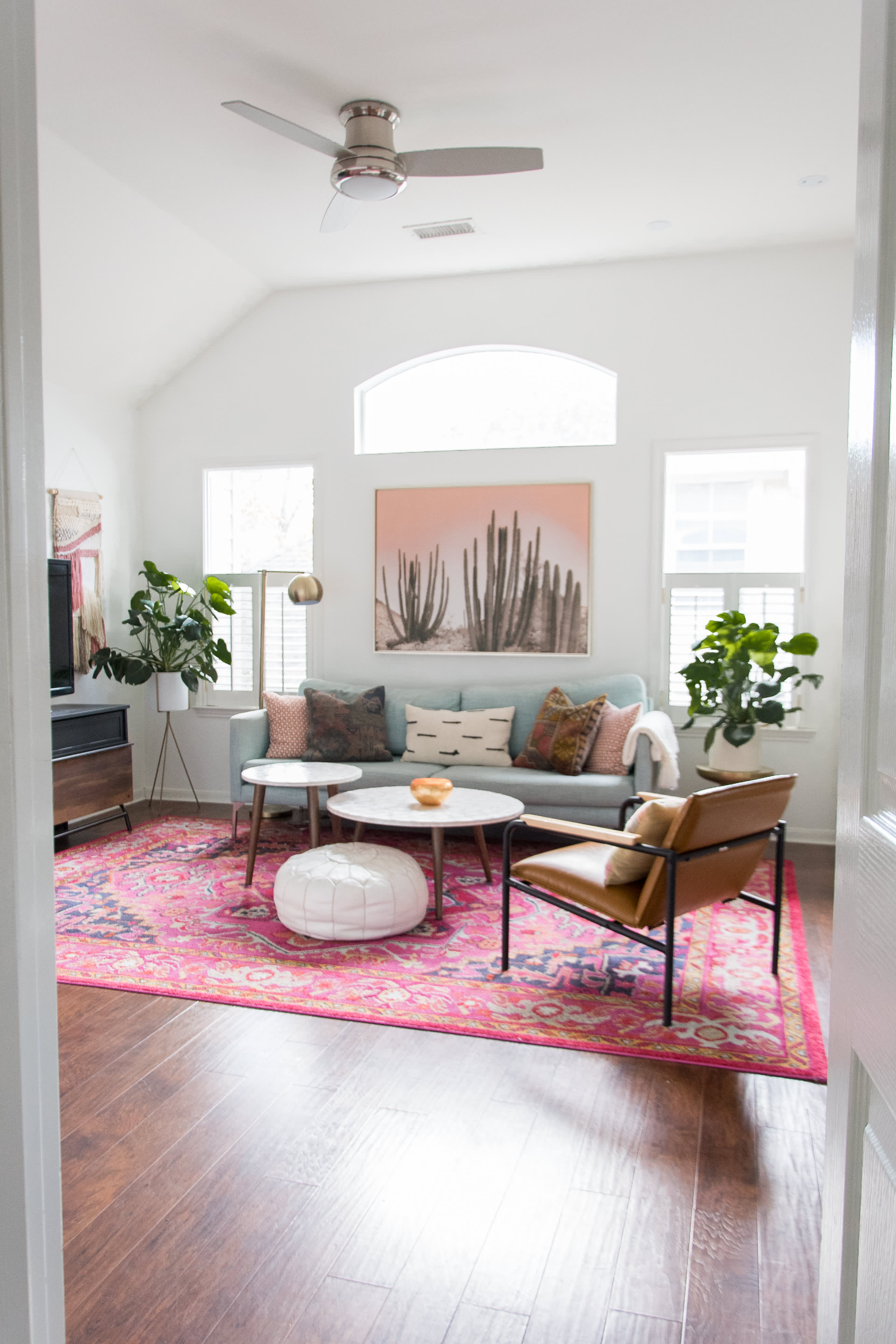
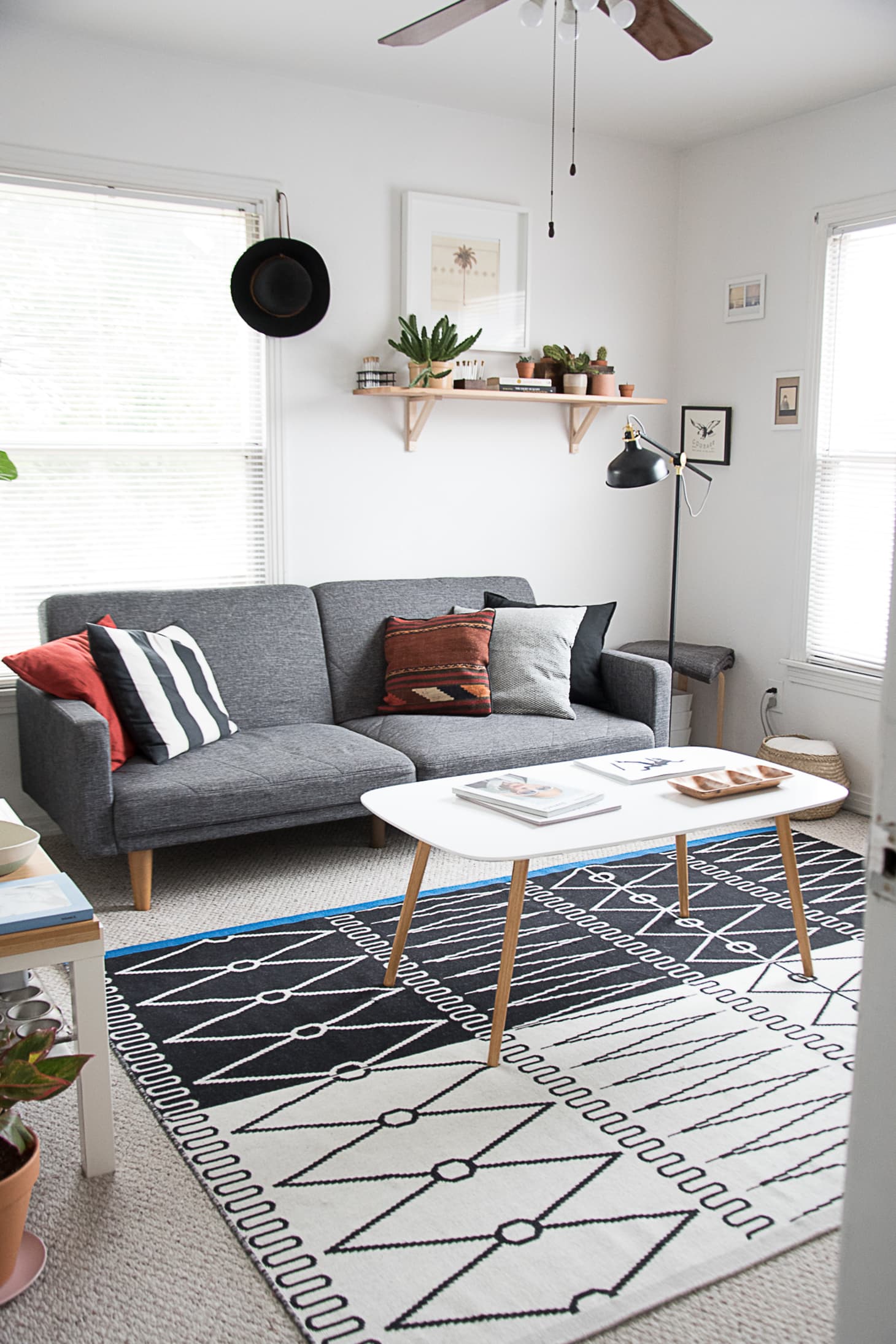


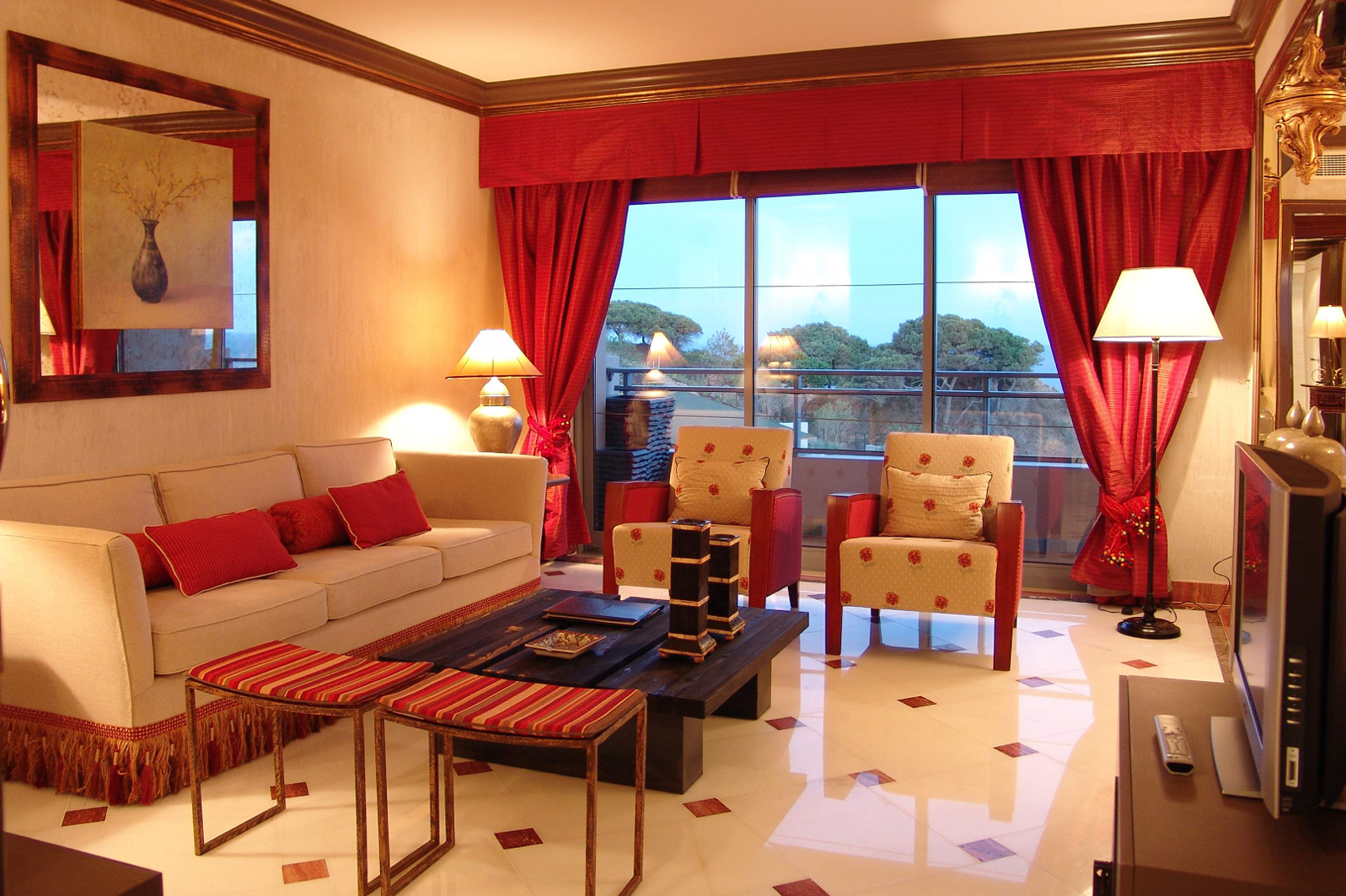



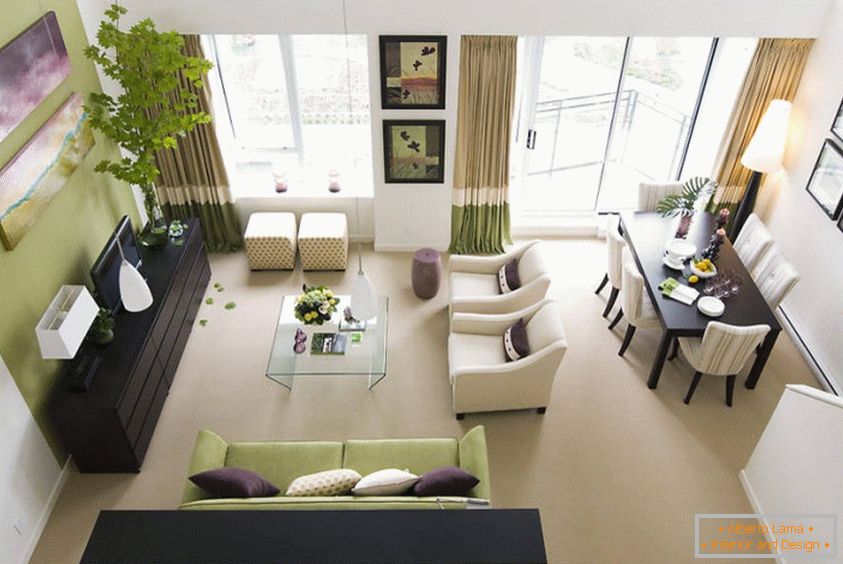


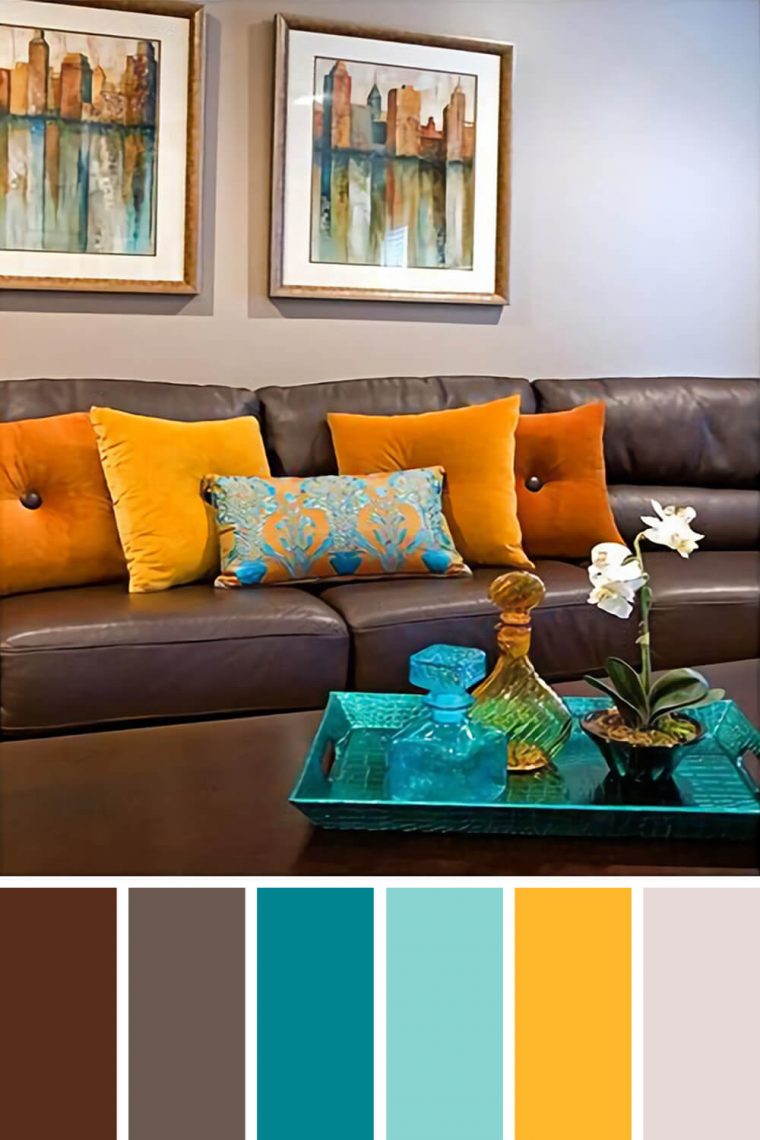











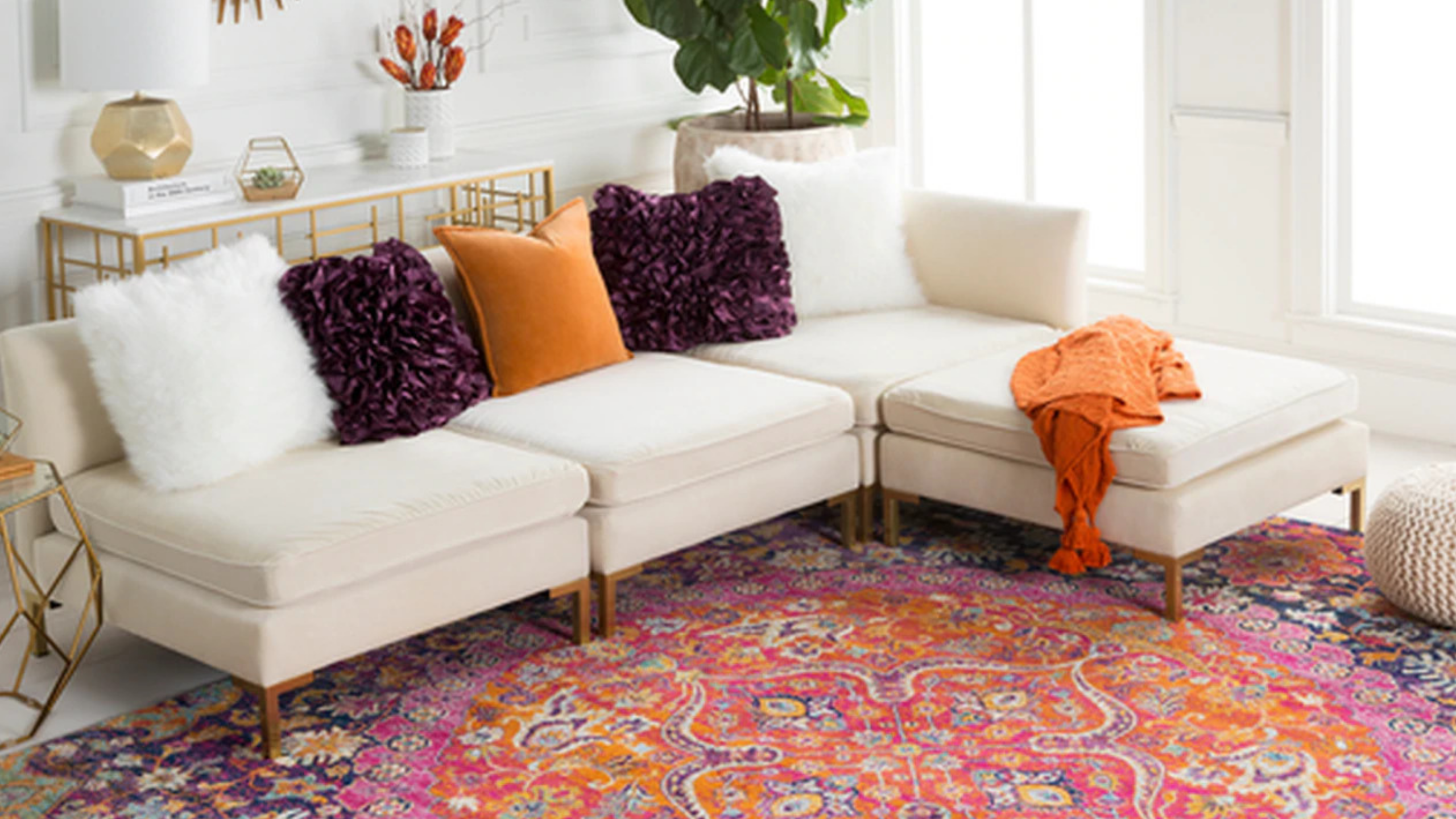







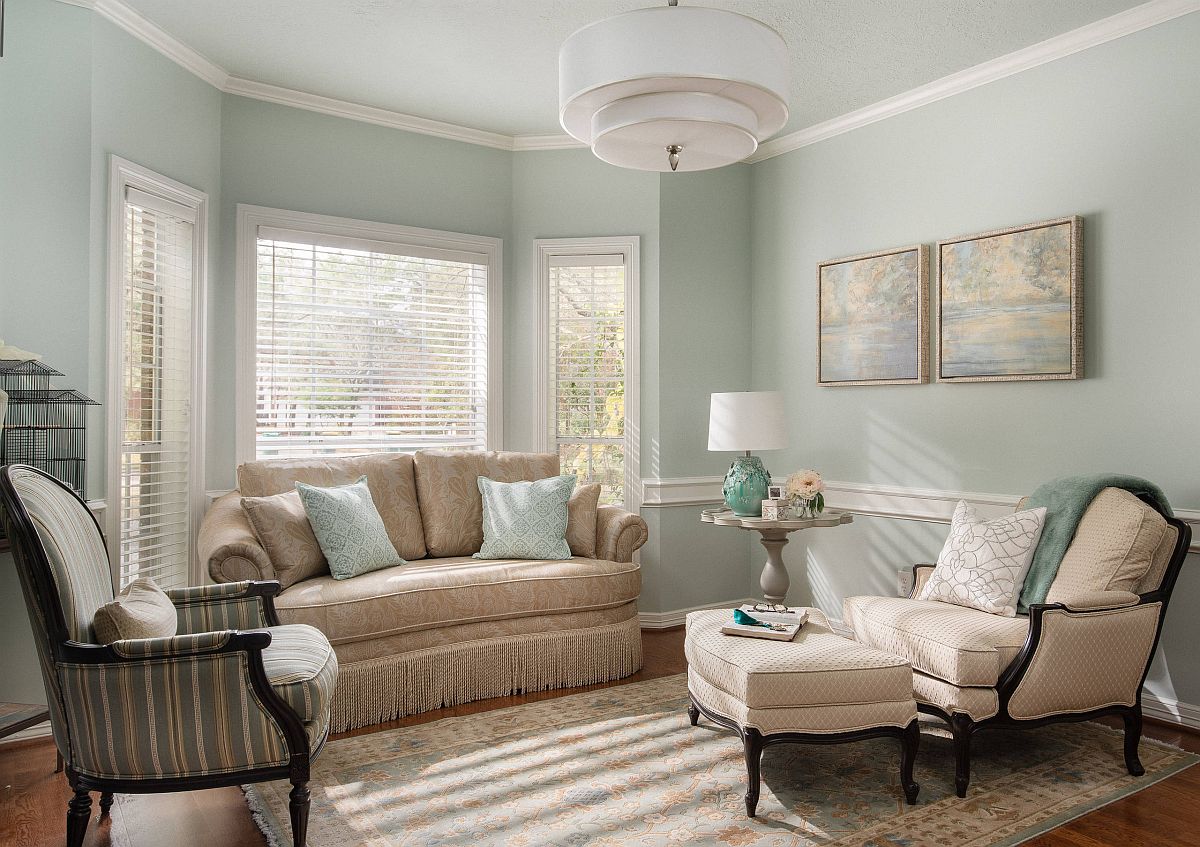


/169789002-58a723d63df78c345b930ec6.jpg)


